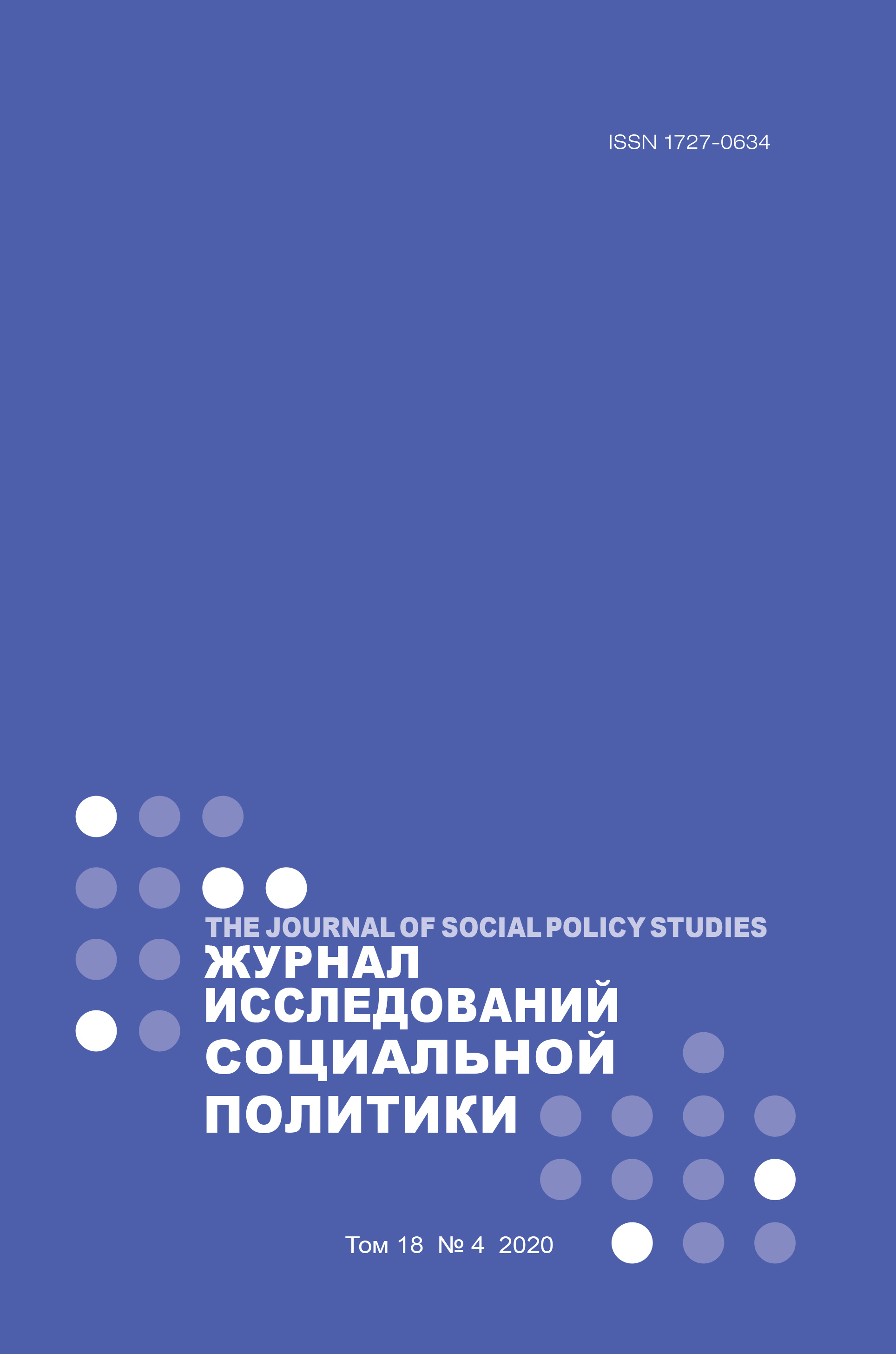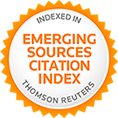Soviet in Form, National in Content: Central Asian Migrants in the Cultural Infrastructure of Moscow
Abstract
Unlike the leisure practices of migrants from Central Asia in large Russian cities, which recently came to the attention of researchers, the presence of this population in the urban cultural infrastructure has hardly been studied so far. This research, based on in-depth interviews with members of community-based organizations and artistic groups established by people from Kyrgyzstan, Uzbekistan and Tajikistan, as well as observation of their activities at various cultural venues in Moscow, discusses the peculiarities of post-Soviet diversity management. In this article I am making two main points: (i) The self-presentations of people of Central Asian origin on various public platforms in Moscow largely involve performing the role of ambassadors of a homogenous 'national culture'. Such a form of cultural behaviour, inherited from Soviet past, allows the participants of corresponding events to achieve guaranteed recognition from both the host site and their compatriots. It legitimizes their presence in the public sphere as agents of the 'dialogue of cultures,' since it fits the dominant discourse of ethnic diversity in Russia. Thus, for the majority of informants, culture turns out to be a kind of 'safe space,' cleansed of the daily troubles associated with labour migration; (ii) it may seem that this kind of self-expression for migrants is determined by social powers: whether the latter are officials, responsible for national policy in Moscow, embassies of Central Asian republics, or public organizations calling themselves 'diasporas'. But with a deeper study of the issue, it turns out that the aforementioned scenarios of self-presentation are still playable without direct influence from the authorities. The explanation is that Central Asian migrants voluntarily accept this representation that is Soviet in form and national in content as far as it makes it possible to symbolically overcome the marginalization that they face.















